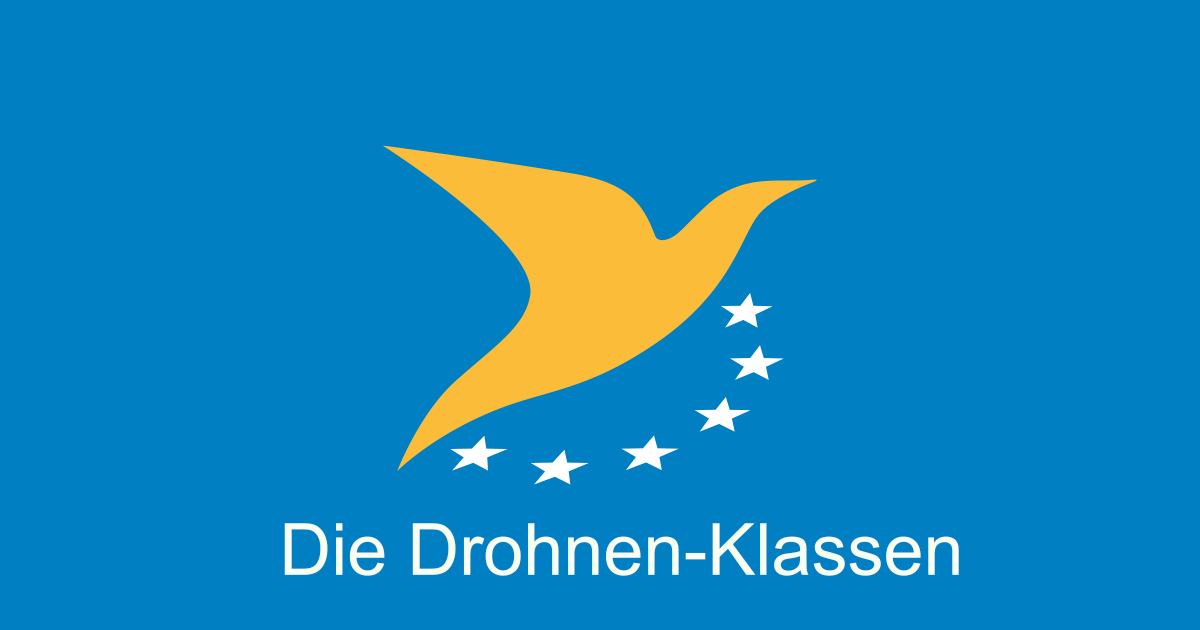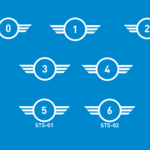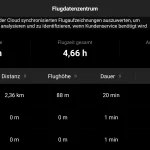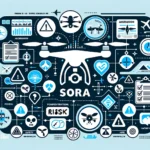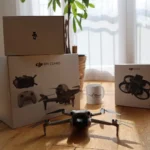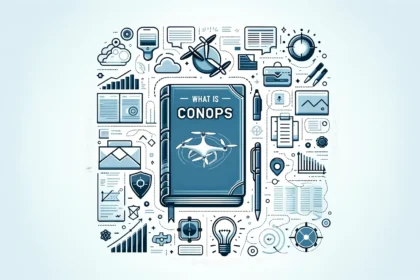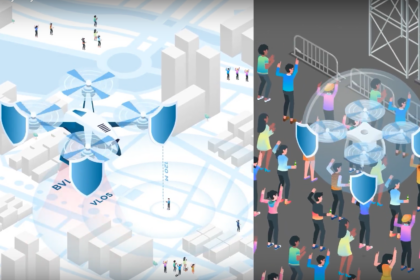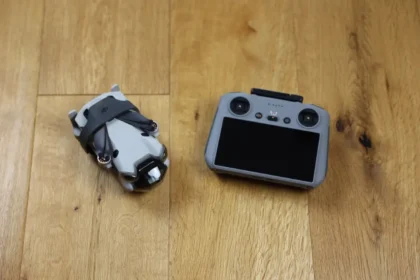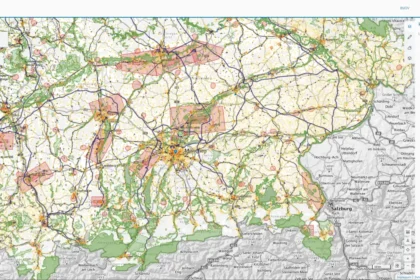The following article provides an overview of the drone classes according to the EU Drone Regulation. We show you which classes there are, what requirements they place on the drone and drone pilot, and how they differ.
The following sections describe the most important requirements for drone manufacturers to have their drones classified according to the drone classes. The regulations of the drone classes result from the EU Drone Regulation, which has been valid since 2021. Our source at the end of the article provides further information.
Each drone will be accompanied by a corresponding flyer with safety information for the drone pilot. These flyers come from EASA and may change over time. We have included the most current version of each drone class flyer in the relevant section at the time of this writing.
Existing drones – transition period and transitional arrangements
So far (as of August 2023), there are a handful of drones with a corresponding classification. An obligation for the new drone classes does not apply until 01.01.2024. Until then, drones may continue to be put on sale without classification and operated as so-called inventory drones under the following transitional regulations:
- Drones up to 500g may be flown in the Open A1 category
- Dronesup to 2kg may be flown in the category Open A2, but with an increased minimum distance of 50m to uninvolved persons and the obligation for the EU remote pilot certificate (without only operation in Open A3 possible)
- Drones up to 25kg may only be flown in the Open A3 category with the EU certificate of competence
Drone class C0
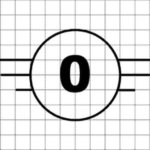
The following drones are included:
- Weight of the drone is less than 250 grams (also for self-built drones)
- Self-built drones over 250 grams fall under class C3 or C4
Requirements for the manufacturer/drone
- The drone must not fly faster than 19 m/s (68 km/h)
- Maximum flight altitude must be adjustable
Regulations for this class
- Drone pilot must read instruction manual
- Drone pilot must register if there is a camera on the drone (in this case it is also necessary to affix the registration plate with the drone pilot’s registration number)
- no EU drone licence/EU certificate of competence required
- It is allowed to fly in all subcategories of the Open Application Scenario, i.e. also over people (no crowds)
To the flyer of the drone class C0 (with camera)
To the flyer of the drone class C0 (without camera)
Drone class C1
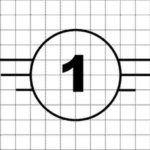
The following drones are included
- The weight of the drone is less than 900 grams or the kinetic energy is less than 80 joules
Specifications for the manufacturer/drone
- The drone must not fly faster than 19 m/s (68 km/h)
- Maximum flight altitude must be adjustable
- Function for safe return in case of loss of connection must be available (return-to-home)
- The design of the drone must be such that injuries to people are avoided as far as possible
- Electronic identification (eID) is required
- GEO awareness system (automatic flight restriction monitoring) is required
Regulations for this class
- Drone pilot must read instruction manual
- Drone pilot must have EU certificate of competence (online training and online test), also known as “small EU drone licence”
- Drone pilot must register and affix a drone registration plate/badge with the registration number to the drone
- Flights from subcategory A1 in the Open application scenario possible (but no flight over people)
To the flyer for drone class C1
Drone class C2
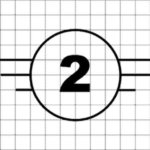
The following drones are included
- Weight of the drone is less than 4 kilograms
Requirements for the manufacturer/drone
- Maximum flight altitude must be adjustable
- Return-to-Home function must be available
- Low-speed mode must be available
- Electronic identification (eID) is required
- GEO awareness system (automatic flight restriction monitoring) is required
Regulations for this class
- Drone pilot must read instruction manual
- Drone pilot must hold EU certificate of competence (online training and online test), also known as “small EU drone licence”
- Drone pilot must register and affix a drone registration plate/badge with the registration number to the drone
- For flights in subcategory A2 of the Open application scenario, the drone pilot must pass a theoretical test at a recognised test centre (EU Remote Pilot Certificate or also known as the “large drone licence”)
- A minimum distance of 30 metres from people must be maintained (subcategory A2)
- However, when low-speed mode is activated (max. 3 m/s), the 1:1 rule applies in relation to altitude and distance to people. This means that at a flight altitude of 10m, you may fly up to 10m away from people. however, the distance must never be less than 5m.
- Flights are also possible in subcategory A3 of the Open application scenario
To the flyer of the drone class C2 (with low speed mode)
To the flyer of the drone class C2 (without low speed mode)
Drone class C3
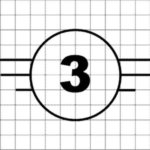
The following drones are included
- The weight of the drone is less than 25 kilograms or the drone is a self-built drone weighing more than 250 grams, dimensions up to a maximum of 3 metres
Specifications for the manufacturer/drone
- Maximum flight altitude must be adjustable
- Return-to-Home function must be available
- Electronic identification (eID) is required
- GEO awareness system (automatic flight restriction monitoring) is required
- no autonomous flight allowed (class C4)
Regulations for this class
- Drone pilot must read instruction manual
- Drone pilot must have EU certificate of competence (online training and online test), also known as “small EU drone licence”
- Drone pilot must register and affix a drone registration plate/badge with the registration number to the drone
- Flight only possible in subcategory A3 of the Open application scenario. This means that drones may only be flown outside of cities and only where no uninvolved persons can be endangered.
To the flyer for drone class C3
Drone class C4
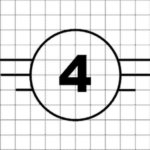
The following drones are included
- Weight of the drone is less than 25 kilograms
Requirements for the manufacturer/drone
- no autonomous flight / no automatic flight modes allowed
Regulations for this class
- Drone pilot must read instruction manual
- Drone pilot must have EU certificate of competence (online training and online test), also known as “small EU drone licence”
- Drone pilot must register and affix a drone registration plate/badge with the registration number to the drone
- Flight only possible in subcategory A3 of the Open application scenario. This means that drones may only be flown outside of cities and only where no uninvolved persons can be endangered.
To the flyer of the C4 drone class
Source
All information comes from the EASA website and the corresponding REGULATION (EU) 2019/945, where you can find more detailed information on the drone classes for those interested in technology.


